 tomscocca.com via Wayback Machine
Today: Tom Scocca, editor of Indignity.
Issue No. 150The You dot Com for Me dot Com
Tom Scocca READERS’ CHOICE Poll Results!
The Editors
This story is part of The Lost Internet, a month-long series in which the members of Flaming Hydra revisit internet marvels of the past.
My personal blog on my personal website is mostly gone, and that doesn’t bother me too much. A friend, a veteran blogger, had put tomscocca.com together for me in 2008, from the domain through the design, so I could just type posts into it while I was writing a book and being underemployed. Eventually I got a job and I let the upkeep fall through the cracks. A domain squatter grabbed the name and tried to sell it back to me at extortionate rates, even after I told them there are only two Tom Scoccas in the world and my half of the global market wouldn’t go over $50 for it. A few years later the price dropped and another friend got me the domain back, but I never rebuilt the blog. Part of it is on the Wayback Machine, with lots of broken image links, and although I thought I had an archive of the rest, I can’t figure out where I would have put it. Other writers have different relationships to their work, but for me, for worse or for better, once I’ve thought through something and set it down, I usually forget about having written it. This doesn’t mean I feel distance or estrangement from my former writing self, not at all—when I dig back into the wreckage of the old blog, some posts click back into my memory, while others feel recognizable in thought and mood. I wouldn’t have recalled reviewing a bootleg DVD of Baadasssss! but I remembered once I reread it; apparently I once had it in me to identify a fire-fronted serin. Good for me. The thing about the blog that does seem to have slipped out of reach, in the course of a decade and a half, is neither the writer nor the writing. It’s the audience. Who was I writing for, back around the end of the Aughts? I’d started writing the blog when I was living in Beijing and parent to a toddler, every day a new encounter with something beyond my expertise. I was trying to document all this as it happened—to tell someone about it, if they wanted to know. The precise shape of that someone was blessedly vague. The words flowed one way, from writer to reader, the direction in which they had flowed for centuries of print culture. The reverse flow, with its annihilating rogue waves of discourse, was still a new thing; I had only recently used a dot-edu alumni address to sign up for the service called Facebook, and the first SMS from my phone to the service called Twitter lay in the future. The blog had no comments section. I seem to have tagged one post, which dealt with bad comments on a story published elsewhere, with “LETTING THE DOGS ON THE FURNITURE.” This didn’t mean I had no regard for the reader. On the contrary, I idealized the reader. I imagined—I trusted!—that if I wrote straightforwardly about what grabbed my interest, then there were people out there who would read it and share in that interest. Writing and being read were a process of sympathy. My reader would understand, instinctively, why some posts were a quick paragraph and some were a full essay and others were a photo with a brief comment or no comment at all. I could tell them anecdotes about the toddler, or show them pictures of him, because the toddler was a funny little character in the realm where the blog took place. It was a small, quiet, freestanding operation. The connections to hook it up to an amplifier, with the inevitable feedback and distortion, weren’t in place. Anyone who didn’t like what Tom Scocca posted on tomscocca.com could simply go and read anything else on the ever-enlarging internet, while I kept on posting for the other people, whom I believed existed. Where have they gone? In the years between then and today, readers became concrete—concrete, specific, and, in meaningful quantities, hostile. Comments became the norm and then broke free from the stories to become the entire setting in which the life of words took place. Every medium is a social medium now, and that society is often an unsympathetic one. To post something is to know you’re going to inflict it on strangers, and that some of those strangers will be spoiling for a fight. I can’t pretend I don’t know how to operate under these conditions. I grew up in a lead-poisoned generation in a mean country. Feedback and distortion are music to my ears. But for a while I could act as if there was a different kind of place to go, and I could even suppose people lived there.
A HYDRA SUPERNOVAOver at Luke O’Neil's Welcome to Hell World, the latest edition of the Hell World Top 5 Songs series discusses the best of our beloved dumb assholes Oasis.
READERS’ CHOICE Poll Results!by The Editors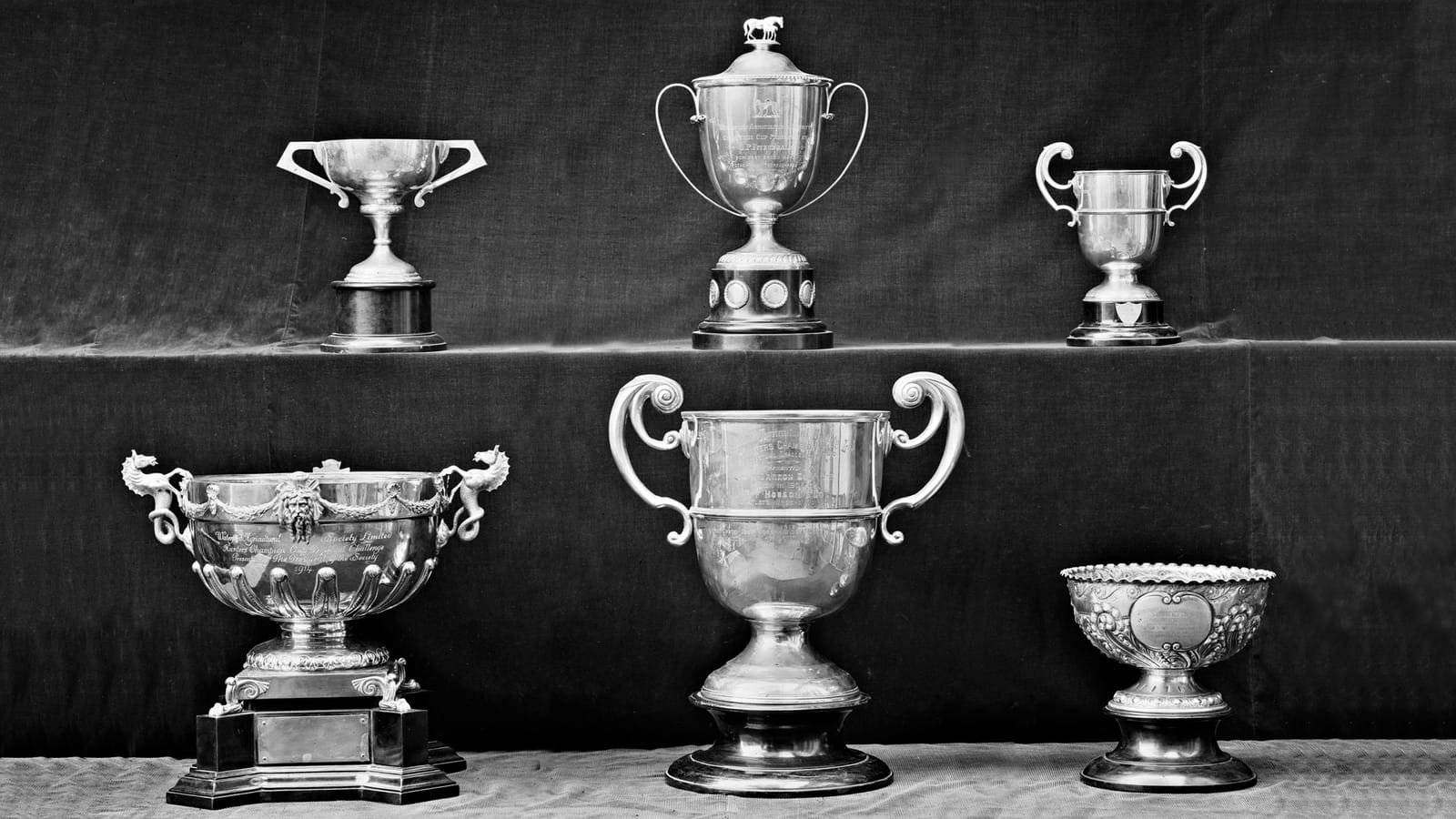 Public domain, via Wikimedia Commons GRATEFUL THANKS to the brilliant, discerning Hydra readers who responded to our recent poll, and fiery congratulations to Anna Merlan, whose crisp and cracklingly delicious NUMBER ONE POST on the tradwives and their questionable baking skills was the favoritest favorite in the poll, and by a hefty margin. This READERS’ CHOICE collection, listed here in order of reader votes, will be offered henceforth with no paywall that all may experience the incendiary thrills of the Hydra (and having done so, subscribe, for just $36/year, so we can keep on flaming.)
 Screenshot: YouTube 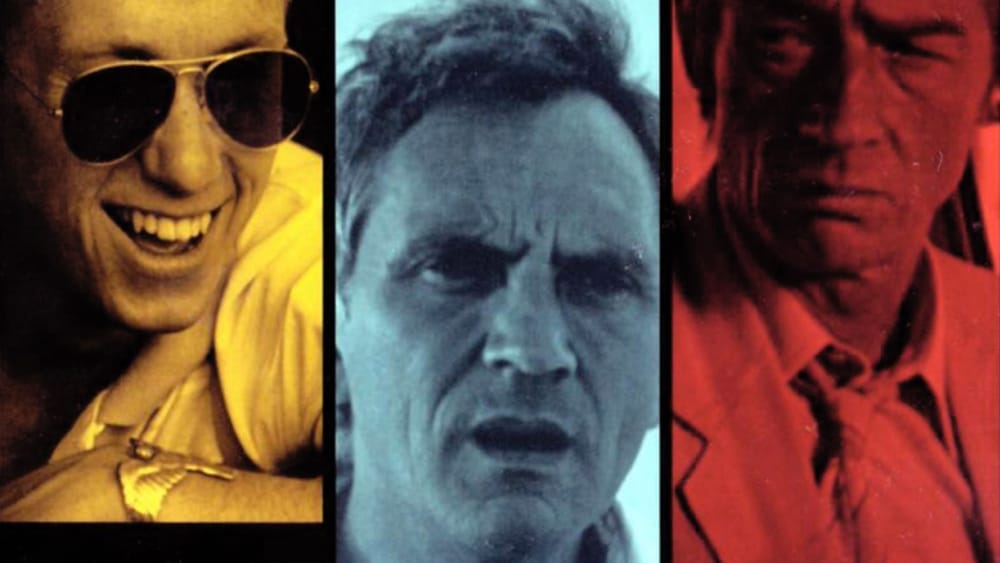 Detail from VHS cover of The Hit (1984)  National Museums Scotland [CC BY-SA 4.0] via Wikimedia Commons  Image courtesy of the author  Palestinian News & Information Agency (Wafa)/AP [CC BY-SA 3.0] via Wikimedia Commons 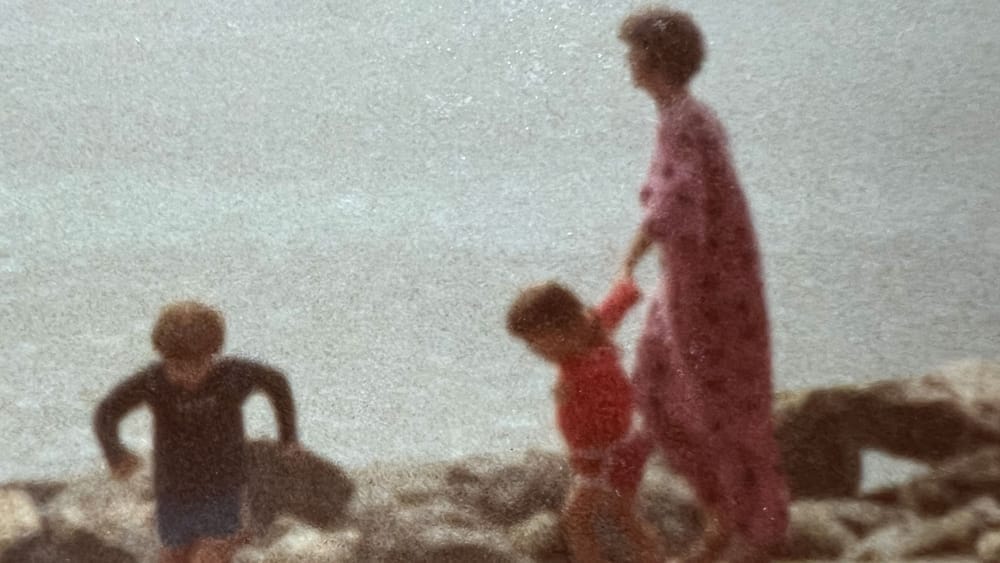 Image courtesy of the author  Image courtesy of the author  Bruce H. Cox, L.A. Times [CC BY 4.0] via Wikimedia Commons  Image courtesy of the author 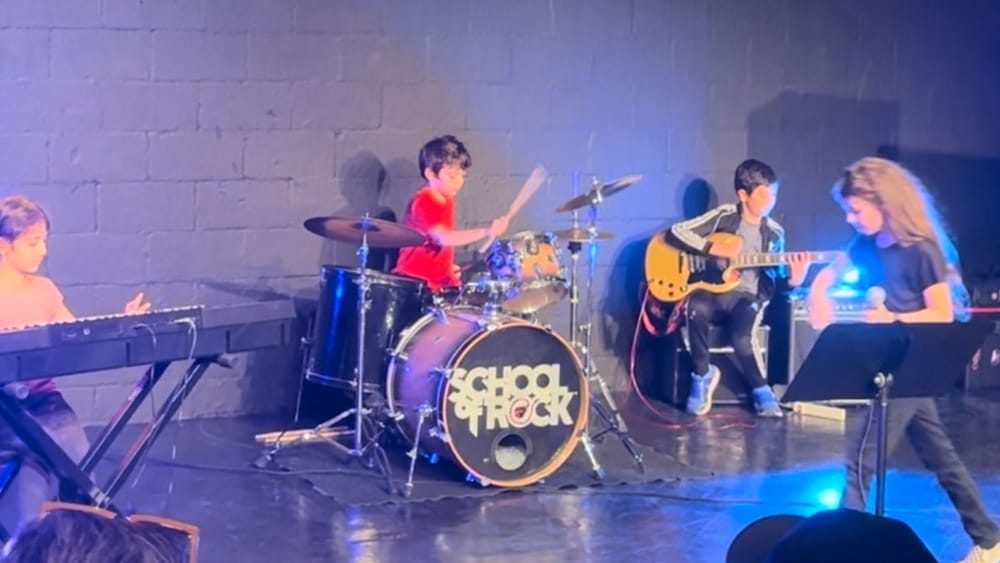 Image courtesy of the author You a Female
by Julianne Escobedo Shepherd  Veronica j. Vansk [CC BY-ND 2.0] via Flickr 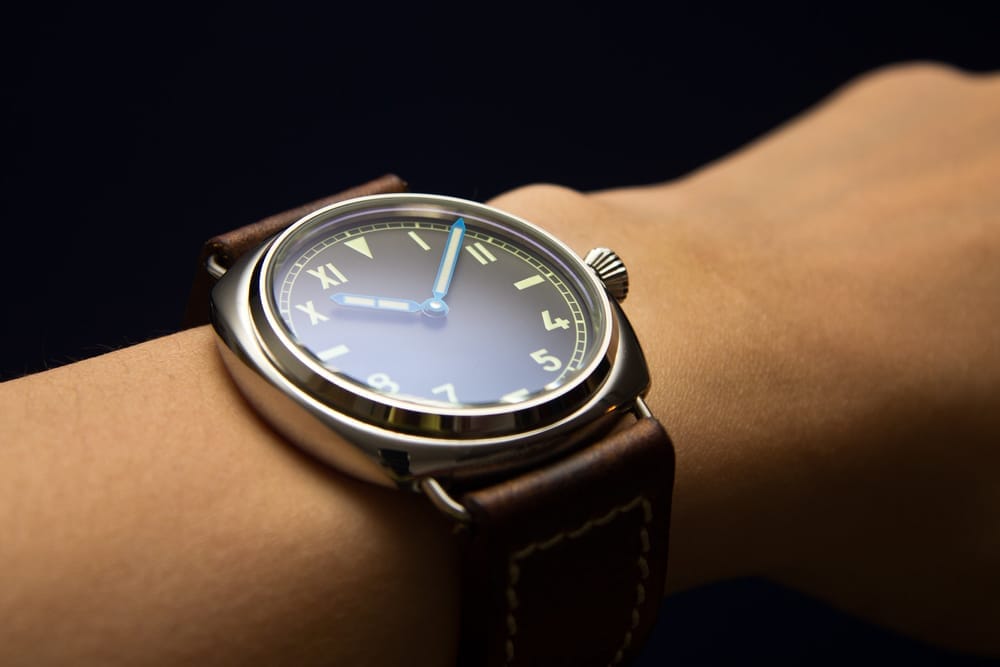 Guy Sie [CC BY-SA 2.0] via Flickr 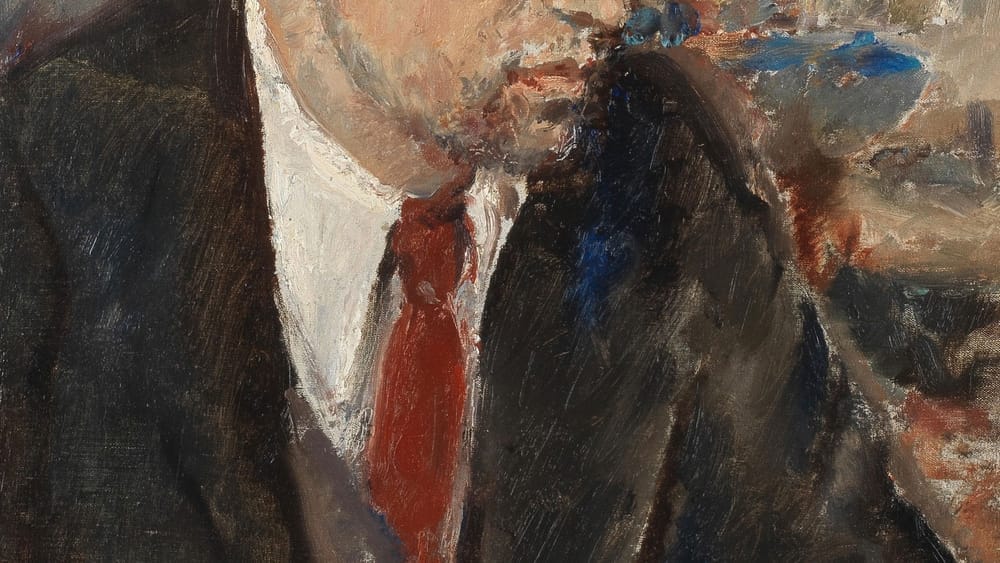 Detail of painting by Ethel Walker (1861 - 1951), 'Young Man With a Red Tie', public domain via Wikimedia Commons
If you love this newsletter and the principles of press freedom and independence it supports, subscribe, donate, send someone a gift subscription, or buy a subscription for a student. p.s. We could use some more student subscriptions, because a whole entire class at Whittier College is studying Flaming Hydra this semester. (Hooray! Go Poets!!! srsly, they are called that).
|